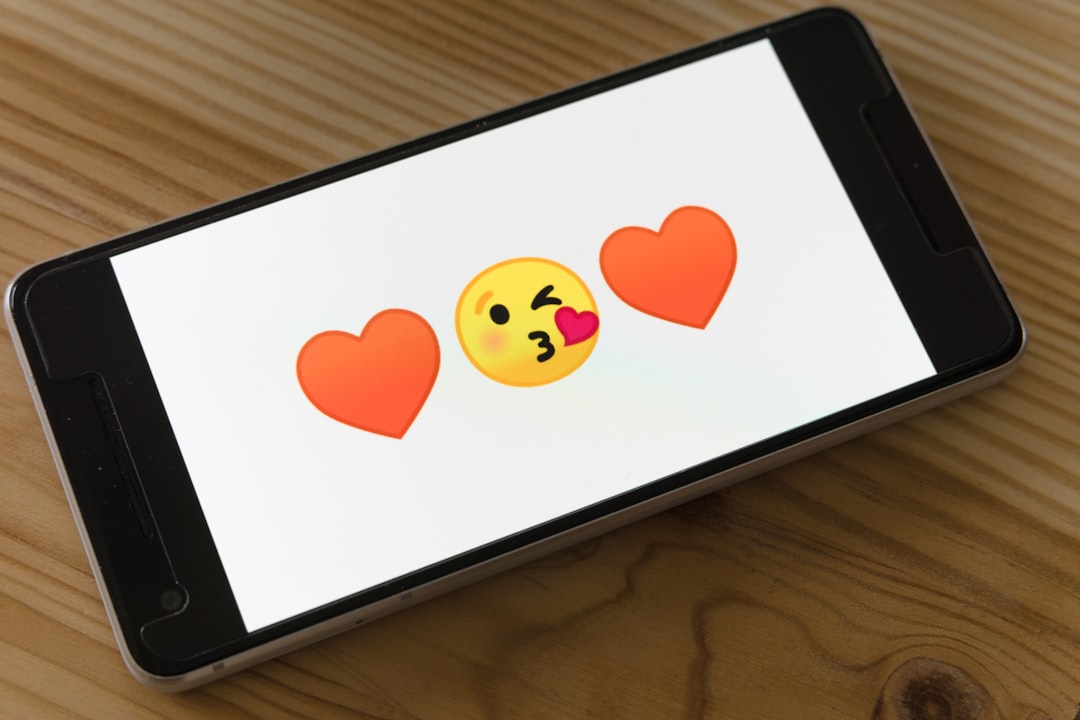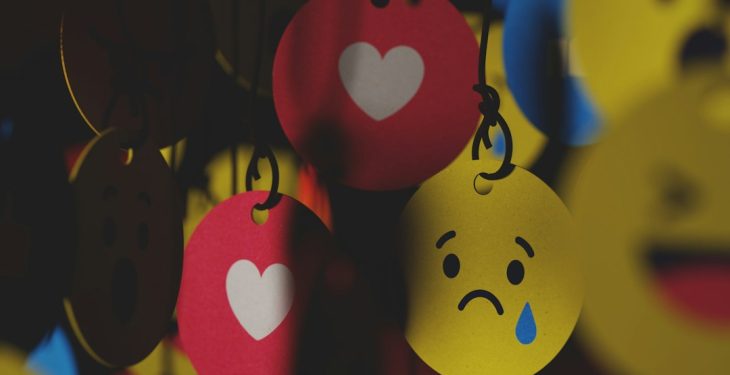Spending too much time scrolling on Facebook can sometimes lead to emotional fatigue, or perhaps you find yourself engaged in connections that no longer align with your mental and emotional well-being. Whatever the reason, Facebook offers users a variety of tools to manage their interactions and tailor their social experience. Among these are the “Take a Break”, Unfollow, and Unfriend options. While these might seem similar at first glance, they serve distinct purposes and offer specific features based on the kind of interaction—and separation—you need.
In this article, we’ll break down each feature, helping you choose the most suitable option depending on your personal circumstances. Whether it’s avoiding a former partner’s updates without burning bridges or removing acquaintances entirely, we’ve got you covered.
What Does “Take a Break” Mean on Facebook?
“Take a Break” is a feature introduced by Facebook to allow users to deal with complex relationships, especially after changes like a breakup. This option can be used to subtly create distance between you and another user—without notifying them or taking drastic steps like unfriending.
When you choose to “Take a Break” from someone, you’re essentially customizing how you interact with that person on Facebook. Here’s what you can do:
- Limit what you see: Reduce how often you see the person’s posts, without unfollowing them directly.
- Limit what they see: Control what the other person can view on your timeline.
- Edit past posts: Manage or hide content from your past interactions together (for example, photos and posts where both of you are tagged).

This feature is especially useful for painful or awkward transitions—such as ending a romantic relationship or falling out with a friend—because it allows for more privacy-friendly boundaries. One of the best parts of this feature is the discretion. There’s no notification sent to the person you are taking a break from, preserving both parties’ dignity.
How Is “Unfollow” Different?
If your primary concern is simply not seeing someone’s posts on your timeline, then Unfollow might be the most appropriate tool.
When you unfollow someone on Facebook:
- You will remain friends.
- You will stop seeing their posts and stories in your news feed.
- They won’t be notified that you unfollowed them.
This is a subtle way of mentally decluttering your feed while keeping the digital connection intact. Maybe your cousin posts too many memes, or your college roommate constantly shares political updates you don’t want to see. Unfollowing allows you to step back without causing rifts.
When to Use Unfollow
The Unfollow option is ideal in situations where you want to:
- Maintain social harmony without confrontation
- Reduce digital noise from certain users
- Curate a more peaceful browsing experience
It’s the least aggressive of Facebook’s distancing options—almost the equivalent of politely changing the topic at a dinner party rather than walking out.
What Happens When You Unfriend Someone on Facebook?
Unfriending might sound harsh, but sometimes it is necessary. When you unfriend someone, you are removing them from your Facebook friend list entirely.
Here’s what that means:
- They will no longer see your private or friends-only posts.
- You will need to send or accept a new friend request to reconnect in the future.
- Unfriending does not notify the other person directly, but they might notice over time.
This is a firm and clear digital boundary. Whether it’s due to falling out, growing apart, or just decluttering your connections, this option ensures a noticeable disconnection. Unlike “Take a Break” or “Unfollow,” it severs that easy link to re-engagement.

Best Times to Unfriend
Unfriending may be the right step if you:
- Need complete severance after a personal dispute
- Have lost touch and want to limit visible content to actual contacts
- Want to ensure someone does not interact with or observe your digital presence easily
It’s worth noting that unfriending may still allow the other person to follow your public posts or interact through mutual groups unless you further adjust your privacy settings or block them entirely.
Quick Feature Comparison
To make the differences more digestible, here’s a simple chart comparing all three options:
| Feature | Remain Friends? | See Their Posts? | They See Yours? | Past Interactions Hidden? | Notification Sent? |
|---|---|---|---|---|---|
| Take a Break | Yes | Optional | Optional | Optional | No |
| Unfollow | Yes | No | Yes | No | No |
| Unfriend | No | No | No (unless public) | No | No |
How to Access These Features
All three options are accessible by visiting a person’s profile. Here’s a quick guide:
- To Take a Break: Go to the person’s profile, click on the “Friends” button, then choose “Take a Break.”
- To Unfollow: Visit their profile or click the three dots (…) on a post of theirs, then select “Unfollow.”
- To Unfriend: Click the “Friends” button on their profile and choose “Unfriend.”
Each process only takes a few taps or clicks, yet the emotional and psychological impact can be significant. Be mindful of your own boundaries and how it might affect the other person if the disconnection becomes apparent.
Final Thoughts
In a world where our online presence often mirrors our emotional lives, Facebook’s tools like Take a Break, Unfollow, and Unfriend act as modern solutions to very human problems. Whether you’re looking for peace, space, or closure, understanding the nuances of these features empowers you to make decisions aligned with your personal well-being.

Next time you feel overwhelmed by your Facebook feed or find an interaction becoming emotionally taxing, remember—you have options. These features help you take control of your digital environment in a way that respects both your feelings and those of others.
